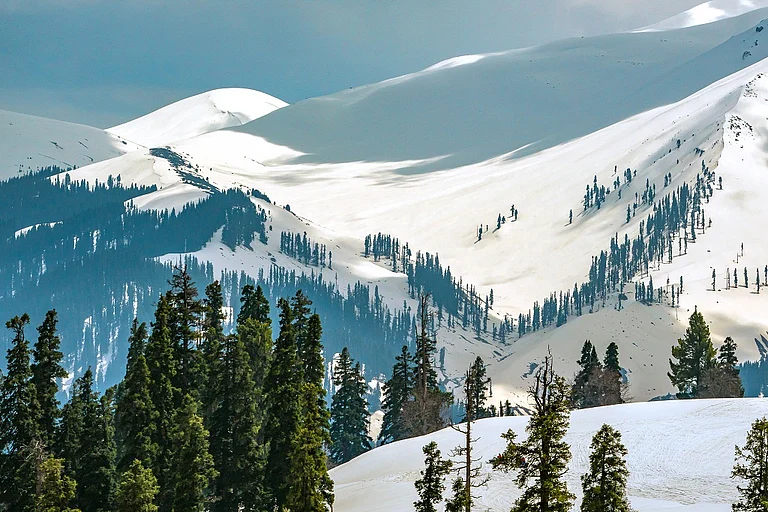A nine-member joint committee appointed by the National Green Tribunal (NGT) to study the carrying capacity of Mussoorie, has recommended regulation of heavy tourist influx at the popular hill resort in Uttarakhand by charging visitors and using the funds thus generated for managing waste and cleanliness in the town.
The panel was set up by the NGT in the wake of the Joshimath land subsidence crisis and in light of a newspaper report which said ‘Joshimath is a warning for Mussoorie’. “Registration of tourists should be done according to the carrying capacity of the area, especially the available parking space, guest room availability, among others. Tourists can be charged for visiting Mussoorie and the payment can be utilised for managing waste and cleanliness,” the panel said.
To avoid Joshimath-like disaster
Earlier this year, hundreds of people were evacuated from a sinking Joshimath in Uttarakhand after several buildings developed cracks. Several experts back then had said that the crisis in Joshimath, which was built on the debris of a landslide, was caused due to years of unplanned construction, hydropower projects and a lack of proper drainage system.
The panel submitted its status report on the carrying capacity of Mussoorie to the tribunal recently, suggesting a slew of regulatory steps, to avoid a similar disaster. “Registration of tourists should be done according to the carrying capacity of the area, especially the available parking space, guest room availability, among others. Tourists can be charged for visiting Mussoorie and the payment can be utilised for managing waste and cleanliness,” the panel said.
High influx of tourists
The report said there had been a steady rise in the number of tourists visiting the Queen of the Hills since 2000 with an unprecedented 11,73,789 of them visiting it in 2022. The high influx of tourists exacerbates issues such as unregulated construction, excessive waste generation, sanitation and sewage problems, water scarcity, congested roads, traffic congestion and vehicular pollution, the report said. With Mussoorie’s location in the foothills of the Garhwal Himalayan range which falls under the seismic zone IV, the report suggested preventive and remedial measures to save it from going the Joshimath way.
Citing unplanned and scattered infrastructural development in Mussoorie over the years, the report said for tunnel and major civil structure projects like hotels and hospitals, it is suggested that detailed engineering geological and geotechnical investigations should be done before permission for construction is granted by the authority concerned.
The report also recommends proper examination of existing buildings and strengthening the retrofitting of structures to prevent them from sliding or collapsing. Technical auditing of multi-storey buildings by experts on annual or biennial basis can be conducted at the Mussoorie Dehradun Development Authority level to know about the health of the buildings, the report said. It recommends that while repairing roads or building structures, boulders should not be removed by digging or blasting the hillsides. In landslide prone areas, stones and boulders should not be removed from the bottom of the hill because this would remove toe support, increasing the likelihood of landslides.


























